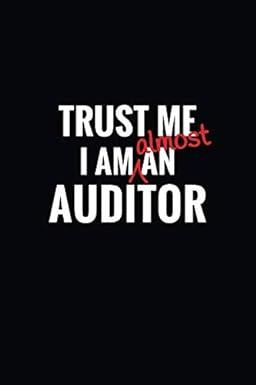Answered step by step
Verified Expert Solution
Question
1 Approved Answer
How would I design an experiment here? Section 1: Overview (5 points) Provide an outline of the experiments you would perform, the data you would

How would I design an experiment here?
- Section 1: Overview (5 points)
Provide an outline of the experiments you would perform, the data you would gather, and state what you expect to see (state a hypothesis if applicable).
- Section 2: Experimental Setup and Directions (15 points)
This section will be similar to the instructions you see in a typical lab worksheet (can be written in first or second person).
- Your experimental setup should include the circuit schematic (with resistor, capacitor, etc. values), and show connections to the benchtop equipment.
- Provide specific directions on what data to record (e.g. multimeter reading, oscilloscope plot, etc.).
- Provide blank tables where the data will be saved.
- Provide directions on how to process/analyze the data.
- Section 3: Hypothetical or Simulated Data & Analysis (5 points)
Since you will not actually conduct these experiments, try to predict what results you would expect for a given set of circuit elements and inputs. You can generate such data theoretically, or using simulation.
- State how you generated or calculated the hypothetical data.
- Fill in the tables you created in Section 2 with this hypothetical data; then analyze the data and state your conclusions.
If a capacitor is charged (i.e. the voltage across it is non-zero), it will store some energy even when it's not connected to a circuit. It can dissipate this energy when a circuit is completed (e.g. discharge through a resistor). Design an experiment to show that the energy stored in a capacitor is CVP (in Joules), where C is the capacitance (in Farads) and V is the voltage across it (in Volts). If a capacitor is charged (i.e. the voltage across it is non-zero), it will store some energy even when it's not connected to a circuit. It can dissipate this energy when a circuit is completed (e.g. discharge through a resistor). Design an experiment to show that the energy stored in a capacitor is CVP (in Joules), where C is the capacitance (in Farads) and V is the voltage across it (in Volts)
Step by Step Solution
There are 3 Steps involved in it
Step: 1

Get Instant Access to Expert-Tailored Solutions
See step-by-step solutions with expert insights and AI powered tools for academic success
Step: 2

Step: 3

Ace Your Homework with AI
Get the answers you need in no time with our AI-driven, step-by-step assistance
Get Started


